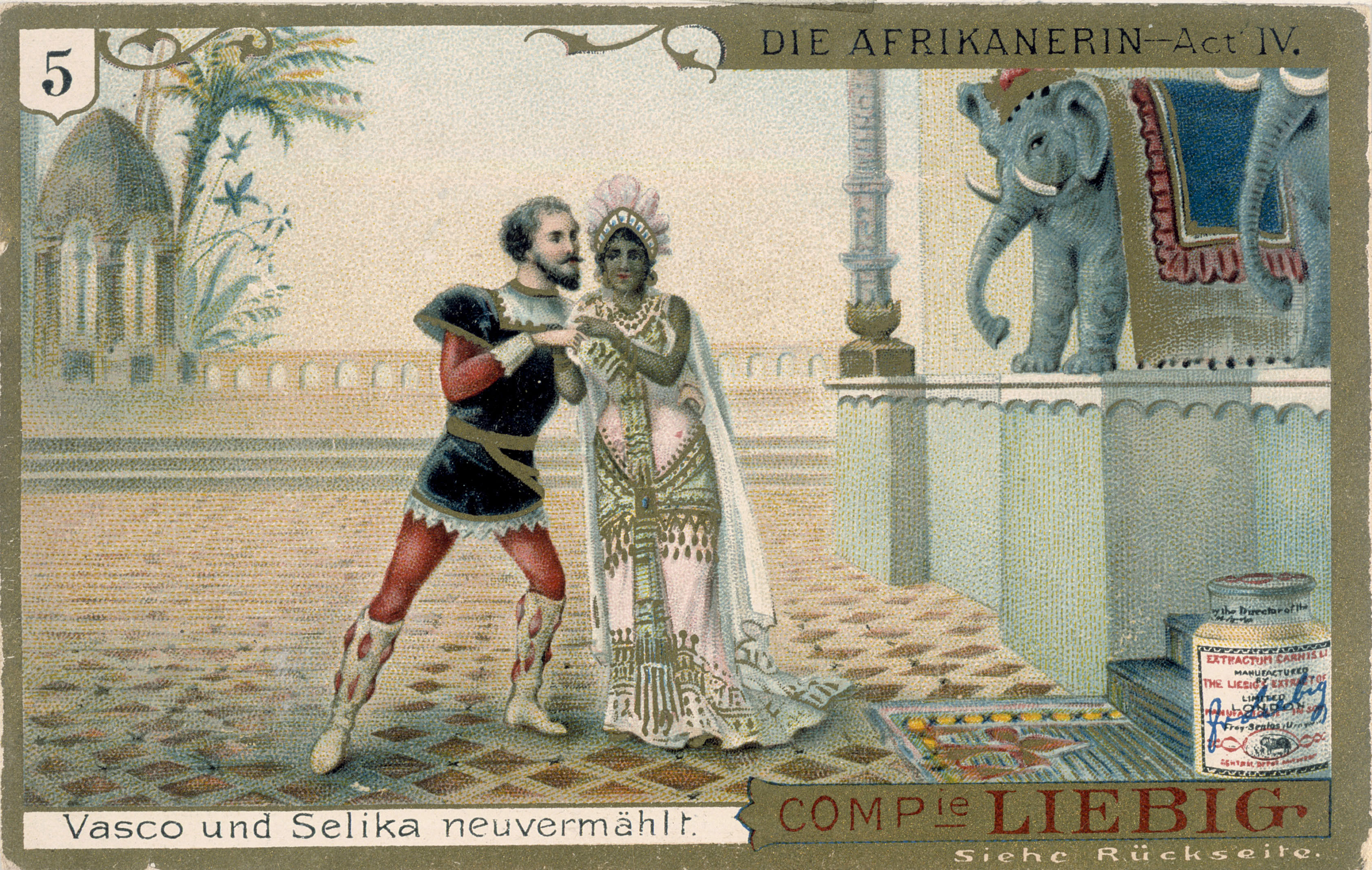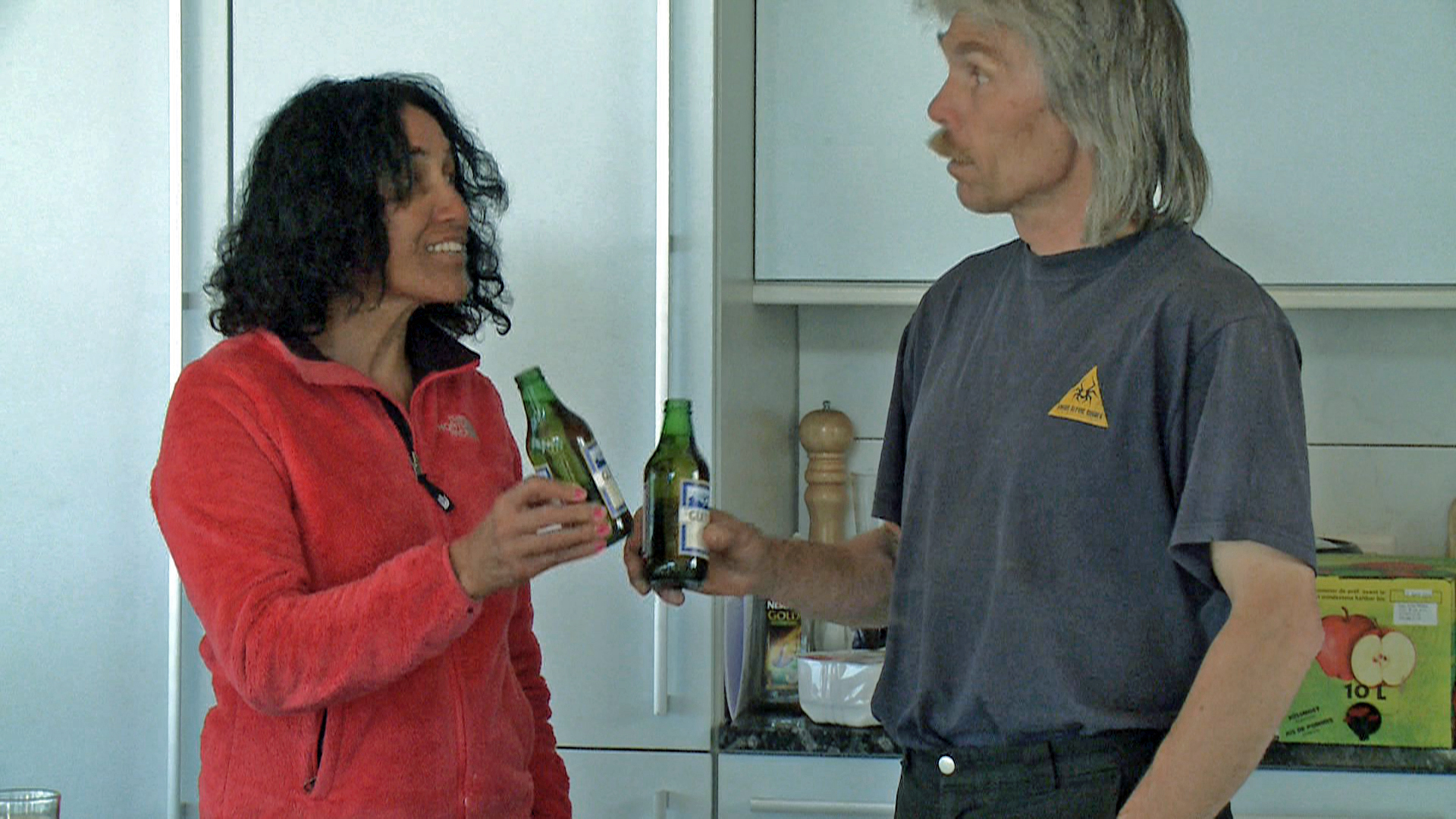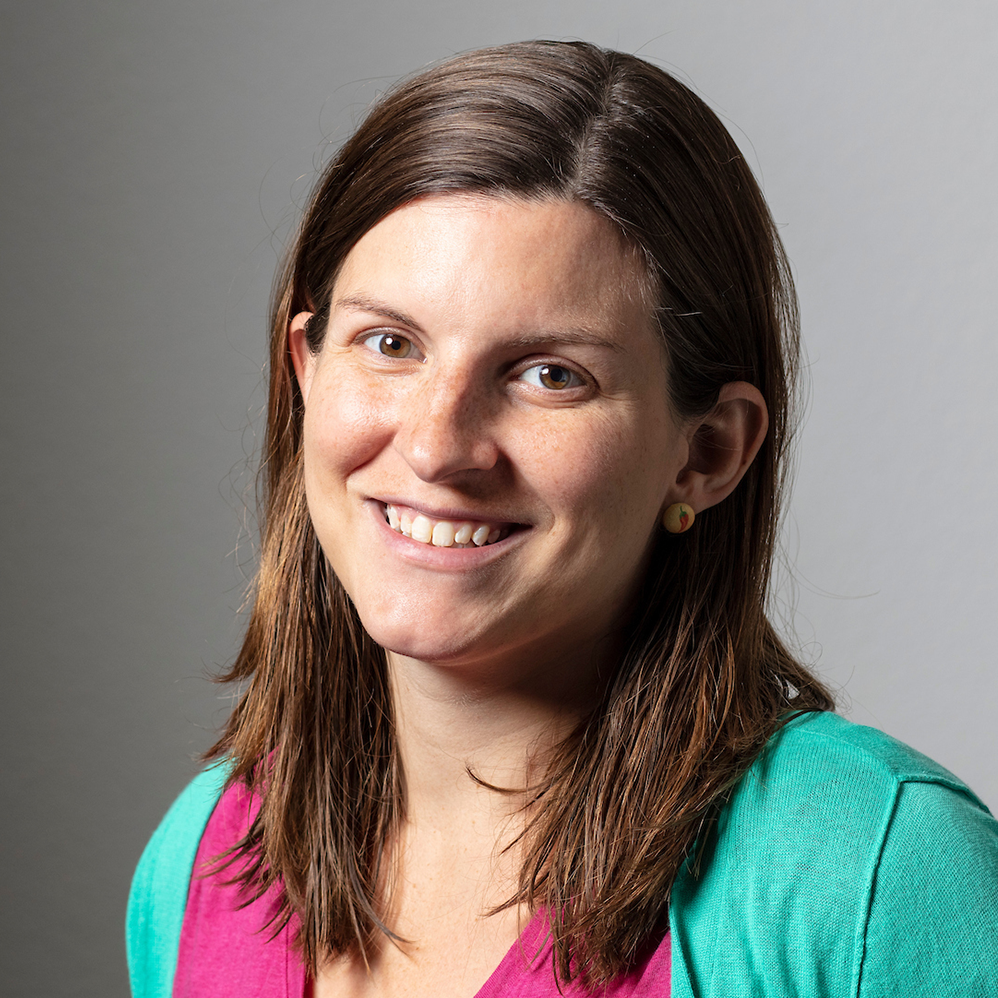
For bi-national couples, it’s ‘I Do’ or ‘Adieu’

A Swiss man meets the woman of his dreams while vacationing in Asia. What’s next for the happy pair? The choices are clear-cut but increasingly inflexible if they want to live in Switzerland, as many couples and advisors are finding out.
Mya Hejia had never been outside China before she landed at Zurich airport with her Swiss husband in August 2012 to begin a new life in Bern. Soft-spoken but increasingly confident in her developing German skills, she says she didn’t have any real expectations of what life would be like for her in Switzerland – it’s simply the best place to raise her future children.
And a newlywed from the Ukraine could only count on a hard-won marriage preparation visa to get used to a new life in Switzerland before tying the knot. Her husband proposed less than a year ago, so things moved quickly – maybe a little too quickly, she reflects.

More
Maori at heart, Swiss by love
Gudrun Lange of the Frabina organisation has been advising so-called bi-national couples, which make up as many as half of all marriages in Switzerland, for nearly 20 years. Frabina is also a women’s counseling centre, and Lange sees many foreign women – with their husbands and without – who are learning to navigate Swiss society as complete newcomers. Data has long shown that more Swiss men marry foreign women than the other way around, a trend for which Lange has no concrete explanation. (See infobox for more statistical information).

More
The global marriage patchwork
Recently, Lange has found that a lack of flexibility on the part of migration officials has made her work more difficult because many couples “have to marry to get to know each other” better.
“I personally feel limited by the new migration politics because I feel there’s a great emphasis on what doesn’t work and on what’s not allowed,” she says. “I would love to be able to tell a couple, invite your foreign partner to come here first, see how it is instead of having to marry so the person can come to Switzerland at all.”
Antonia Frei, who came to Switzerland from Romania, did have the chance to visit the country several times before marrying a Swiss and settling here, an experience she values highly.
“It was a privilege to be able to gradually discover the place and then make up my mind about coming to live here indefinitely,” she says.
Depending on how they’re counted, bi-national marriages make up either about half or one-fifth of all marriages in Switzerland – by any count, a significant number, especially compared to the rest of Europe.
Giampaolo Lanzieri, who headed a major 2012 Eurostat study about mixed marriages, says he looked at the number of married couples where one partner is a native-born and the other foreign-born, disregarding the couples where both partners are foreign-born. He found that 21 per cent of marriages fell under that category in Switzerland – the most in Europe – followed by Latvia, Luxembourg and Estonia.
Other models, such as one used by the Federal Statistical Office, look simply at countries of citizenship to determine mixed partnerships, yielding a bi-national marriage rate of about one in two for Switzerland, including non-Swiss residents who have married another non-Swiss.
Many analysts point out that Switzerland’s long path to citizenship can skew those numbers compared to the rest of Europe, since many people who might be considered “natives” in other countries simply haven’t reached the requirements for citizenship.
And, because of Switzerland’s three main linguistic regions, it’s common for Swiss to find French, German, Italian or Austrian partners across their respective “language border”.
It’s long been the case that more foreign women have married Swiss men than the other way around, but the numbers have become closer to equal in recent years, with 8,104 Swiss men marrying foreign women in 2011 and 6,836 Swiss women marrying foreign men, according to citizenship records from the Federal Statistical Office.
Paper trails
Frei was able to benefit from Romania’s role in the EU-wide “Free movement of Persons” agreement that allows her to come to Switzerland for three months at a time on an automatic tourist visa. But individuals from non-EU states without tourist visa agreements with Switzerland must apply for travel visas at their local Swiss embassies and consulates.
Divorce lawyer Roger Groner, who works with dozens of bi-national couples each year in his Zurich-based practice, tells swissinfo.ch he shares Lange’s observation of less flexibility in the migration system over the last several years.
But Martin Nyffenegger of the Federal Migration Office points out that there has to be evidence of a longstanding and mutual relationship to avoid abuse of the system, like foreigners pairing up with vacationing Swiss simply to get a visa; for example, in 2011, canton Zurich authorities estimated that about 500 of 3,500 divorces between bi-national partners were the result of sham marriages. However, according to federal migration authorities, it’s difficult to gather national statistics on such nuptial arrangements when relying on circumstantial evidence like large age differences between partners to spot something amiss.
“If there are relationships involved, then we have to look at what kind of relationship it is,” Nyffenegger says. “If it’s been a multi-year relationship, then we are quite generous with issuing visas. We also realize that it’s important for someone who comes from a different cultural circle to understand what it’s like to live in Switzerland.”
Though consulates and embassies issue tourist visas, individual cantons and communities also get involved to make sure the hosting partner has the necessary financial standing and living arrangements. And, marriage preparation visas are issued on the cantonal level. Nyfenegger admits the back-and-forth from embassies to cantons to communities can get “a bit complicated” for couples.
Marcel Zufferey, who worked for the immigration authorities, told the Tages-Anzeiger newspaper he sees things differently after having jumped through hoops to marry his Filipino wife more than 10 years ago.
“In my job, I experienced how the state reacted relatively helplessly in cases of illegal immigration,” he said. “The contrast to what my wife and I experienced couldn’t have been greater.”
Working on solutions
Pierrette Malatesta, an advisor for bi-national couples at the Fabia organisation in Lucerne, agrees that more options are needed for mixed nationality couples to take the pressure off of hasty marriage – she says it would be ideal if authorities were more open to issuing permits allowing bi-national couples to live in unmarried partnerships for one year, for example.
“We always have questions from people who want to live together in a partnership,” she says. “If they’re not from the EU then it’s almost impossible, but I find it would be very good to offer this option. Of course there are people who want to profit from it, but there are many who just want to have the option.”
She adds her office has developed a good working relationship with the migration authorities in canton Lucerne, which she says always have an open ear for counselors’ concerns and questions. Malatesta has also participated in productive roundtable discussions with the migration office over how to make sure foreign women aren’t trapped in abusive marriages in Switzerland, one of the most troubling problems she sees among bi-national couples.
Despite the unique challenges they face, Lange emphasizes that overall, the divorce rate is not higher among bi-national partners than among native Swiss: about one in two.
She says the beginning of a relationship is key – she meets with a lot of couples on the brink of divorce who could probably have saved their marriage if they had prepared more carefully for the cultural adjustment.
“No one made them aware that the situation they would be presented with day-to-day was different than they are used to or expected, and then they realize it too late,” she says.

In compliance with the JTI standards
More: SWI swissinfo.ch certified by the Journalism Trust Initiative






























You can find an overview of ongoing debates with our journalists here . Please join us!
If you want to start a conversation about a topic raised in this article or want to report factual errors, email us at english@swissinfo.ch.